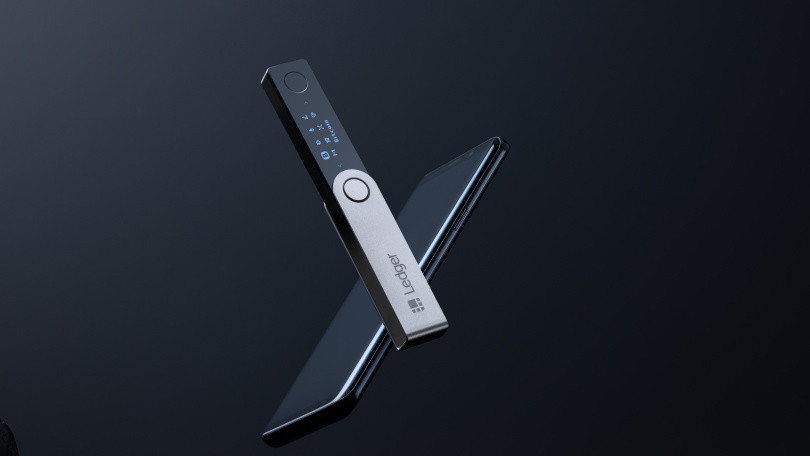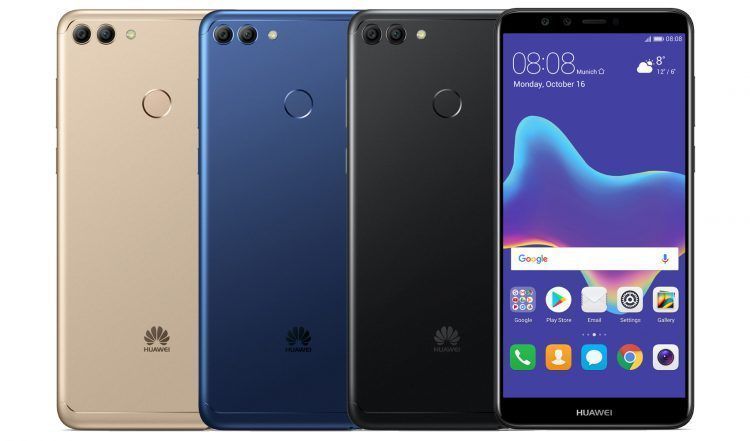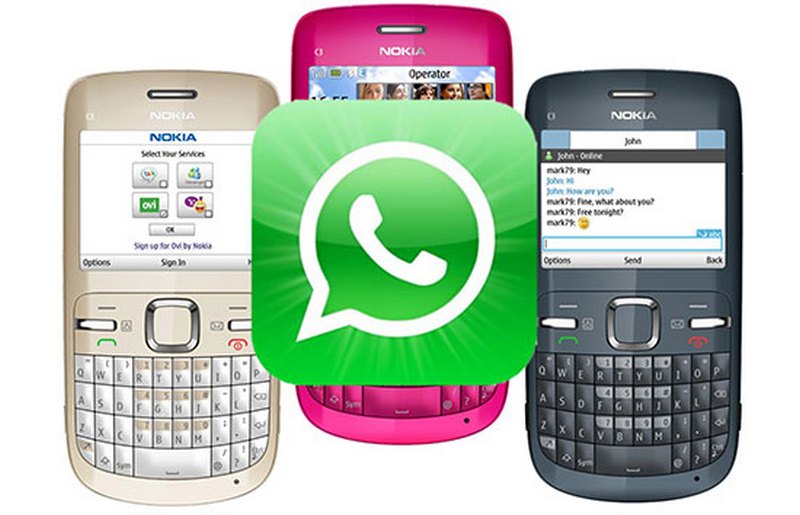Google Assistant’s Expansion to Reach 1B Devices By the End of January
The CES 2019 is already started, and even before Google’s real product launch in the conference, the company has made news with its announcement about the rolling out of Google Assistant, in more than a billion devices, by the end of January.
The google assistant is an AI assistant that runs on various Android and iOS devices, including the smart speaker, home hub, headphones, TV, smartwatches, etc. As of October 2018, the company introduced the same for the home gadgets and the home appliances such as dishwashers, oven, bulb, etc. According to the reports Google Assistant was already running on more than 500 million devices from 1000 different brands in May last year. And, for the last month, Google reported having over 900 million devices enabled with the Google Assistant.
It has been two years since Google Assistant was launched, in 2016, and following then Google is trying really hard to beat its rivals. In a revelation, Amazon has also reported that it sold over 100 million Alexa-enabled devices last year, making the competition further tougher for Google.
Google has also made some updates to the Google Assistant, along with the support for 22 new languages. From now on, it will also be available for 66 countries. It means, Google Assistant will be supporting 30 languages in total and will be actively working in 80 different countries.
There has been a significant change in the number of Google Assistant enabled devices since last January when the total number of users was over 400 million. The main reason behind the rising number of Google Assistant users may be the Android smartphones that also run the Google Assistant on them.
Manuel Bronstein, the Vice President of Google Assistant, said, “The biggest footprint right now is on the phones. On Android devices, we have a very, very big footprint.” Google Assistant has played a vital role in the growth of the company. Although the smartphone users may not be using the assistant actively, the home devices from Google are becoming really popular, and adopting the AI for its devices is really paying it off well.

Yashica is a Software Engineer turned Content Writer, who loves to write on social causes and expertise in writing technical stuff. She loves to watch movies and explore new places. She believes that you need to live once before you die. So experimenting with her life and career choices, she is trying to live her life to the fullest.





